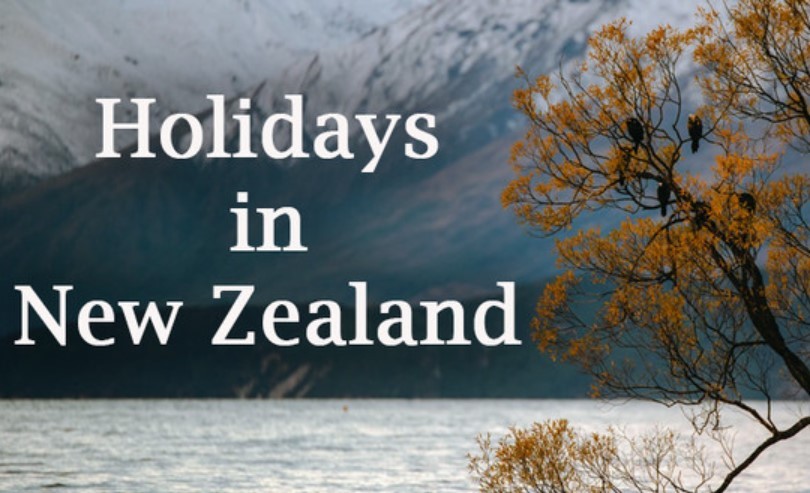How Many Prisons/Prisoners Are There in New Zealand: Full List, History and Oldest
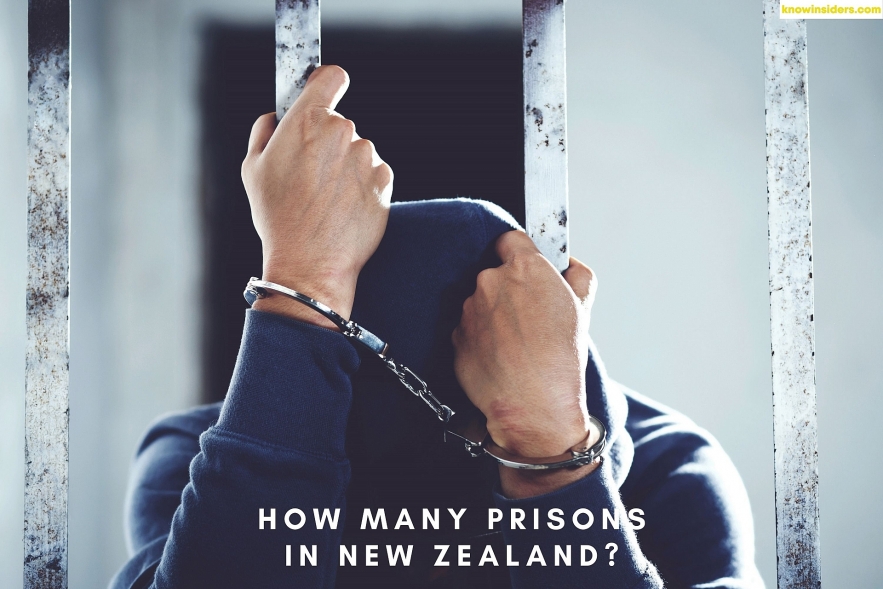 |
| How Many Prisons And Prisoners Are There In New Zealand - Photo: KnowInsiders.com |
| Table of Contents |
History of Prisons in New Zealand
The initial prisons in New Zealand were constructed in the 1840s using wood or raupō, or bulrush, and were so unstable that inmates frequently needed to be chained up to prevent them from escaping. The homeless and mentally ill were housed in prisons alongside violent criminals, and these facilities were overcrowded and underfunded.
Provincial governments took control of prisons as soon as the provinces were established in 1853.
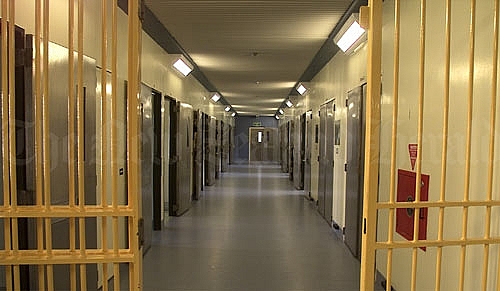 |
| Photo Te Arra |
After the provinces were abolished in 1876, a national prison system was set up. To discourage people from committing crimes, the environment was harsh. Reformers first proposed that instead of merely punishing inmates, prisons should "cure" criminal tendencies. This idea dates back to the 1910s.
In addition to receiving better instruction, food, and services, prisoners were assigned prison psychologists during the 1950s. However, as crime increased, so did the number of people incarcerated. Prisons became overcrowded, and inmates at Mount Eden rioted and set the prison on fire in 1965. Gangs, drugs, and violence all became issues.
How Many Prisons in New Zealand?
In New Zealand, there are eighteen adult prisons. Female offenders are housed in three prisons: one each in Wellington, Christchurch, and Auckland. Ten in the North Island and five in the South Island comprise the remaining fifteen male house offenders. The Department of Corrections oversees the management of the facilities. There are also five youth justice residences, which are juvenile correctional facilities. The Ministry for Children, Oranga Tamariki, is in charge of overseeing these youth residences.
Adult prisons in New Zealand have five security levels: Minimum, Low, Low-Medium, High, and Maximum.
Data on the population of prisoners in New Zealand was included in a long-form article by Paul Little titled "The Case for Closing Prisons" that was published in North & South magazine in 2018.
How Many Prisoners in New Zealand?
New Zealand had a prison population of 199 per 100,000 of the population, or 8,755 people out of a population of 4.41 million. This was the eighth-highest rate in the 34 countries of the Organisation for Economic Co-operation and Development (OECD).
| Prison/Corrections Facility | Remand Prisoners | Sentenced Prisoners | Onsite Population | Offsite Population | Total Population | Population % |
|---|---|---|---|---|---|---|
| Total Male Prisoners | 2,589 | 4,591 | 7,180 | 74 | 7,254 | 94.2% |
| Auckland Prison | 58 | 489 | 547 | 13 | 560 | 7.3% |
| Auckland South Corrections Facility | 0 | 797 | 797 | 1 | 798 | 10.4% |
| Christchurch Men's Prison | 336 | 397 | 733 | 13 | 746 | 9.7% |
| Hawke's Bay Regional Prison | 178 | 299 | 477 | 3 | 480 | 6.2% |
| Invercargill Prison | 47 | 78 | 125 | 1 | 126 | 1.6% |
| Manawatu Prison | 122 | 121 | 243 | 1 | 244 | 3.2% |
| Mount Eden Corrections Facility | 717 | 61 | 778 | 11 | 789 | 10.2% |
| Northland Region Corrections Facility | 190 | 232 | 422 | 0 | 422 | 5.5% |
| Otago Corrections Facility | 111 | 205 | 316 | 3 | 319 | 4.1% |
| Rimutaka Prison | 189 | 372 | 561 | 13 | 574 | 7.5% |
| Rolleston Prison | 0 | 257 | 257 | 0 | 257 | 3.3% |
| Spring Hill Corrections Facility | 414 | 310 | 724 | 11 | 735 | 9.5% |
| Tongariro Prison | 0 | 355 | 355 | 0 | 355 | 4.6% |
| Waikeria Prison | 79 | 361 | 440 | 3 | 443 | 5.8% |
| Whanganui Prison | 148 | 257 | 405 | 1 | 406 | 5.3% |
| Total Female Prisoners | 208 | 230 | 438 | 10 | 448 | 5.8% |
| Arohata Prison | 56 | 48 | 104 | 5 | 109 | 1.4% |
| Auckland Region Women's Corrections Facility | 114 | 137 | 251 | 3 | 254 | 3.3% |
| Christchurch Women's Prison | 38 | 45 | 83 | 2 | 85 | 1.1% |
Why Does New Zealand Imprison so many Maori?
Very few Māori were incarcerated in the 19th century. But over the 20th century, the proportion increased, and in 2011 Māori made up 51% of the prison population, compared to 15% of the overall population.
More than half of New Zealand's inmates are of Maori descent. What led to this situation? And what actionable steps are there?
Kim Workman became the first Maori to lead New Zealand's prison operations in 1989, but modern prison reformists think the establishments ought to be closed down.
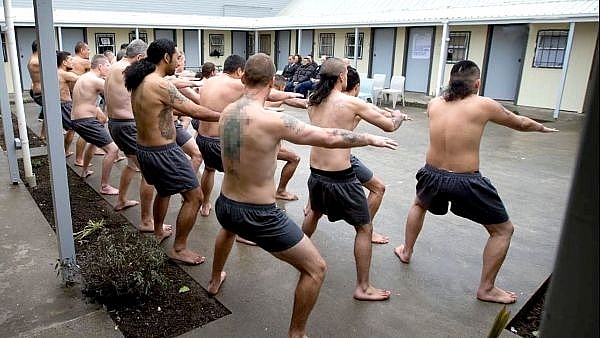 |
| Photo Scoop NZ |
The last two installments of Frank Film's Changing South series highlight the rise in Maori incarceration since European colonization and feature a lengthy interview with Workman to help viewers understand how Maori have become among the most incarcerated indigenous people globally.
Maori currently make up only 16% of the population of New Zealand overall, but 52% of those incarcerated.
Prior to European settlement, Maori used a restorative justice process based on punishment, compensation, or utu with the goal of "restoring a community to a place of peace and balance." Ta Kim, who was knighted for his services to prisoner welfare and the justice system, explains this.
Workman, who belongs to Ngati Kahungunu ki Wairarapa, claims that during the 20th century, the number of Maori prisoners increased steadily under English rule. He says systemic bias and socioeconomic factors were to blame for this.
He feels that more Maori are being placed on remand as a result of the Bail Amendment Act, which went into effect in 2013, and that this has led to an increase in gang recruitment behind bars, with 70% of Maori who are incarcerated having gang affiliations.
On a visit to Christchurch Men’s Prison, Frank Film meets southern regional commissioner Ben Clark who explains the Department of Corrections’ new strategy, Hokai Rangi, implemented with a desire to turn the tide on growing Maori rates of imprisonment.
Although Clark, who left England ten years ago, acknowledges that he is "not Maori and his face doesn't represent the main demographic in our prisons," he still supports Hokai Rangi's mission to provide whanau-based services that are more "humanising and healing." "We have to improve our relationship with the family because they will be released into the community, and it won't be good to just set them up for failure."
One significant obstacle still exists, according to Ta Kim: "it's still maintaining control of the process." "We envision a tikanga Maori process that is led by Maori, grounded in Maori thought, and centered around Maori and Maori beliefs, even though it may be accessible to Pakeha."
Women in JailsWomen made up only 6% of the inmate population in 2011, which is a historically small percentage. Women were imprisoned alongside men in the 19th century, and it was frequently believed that these women were recalcitrant offenders. Women were placed in separate prisons starting in 1913. |
What is the Oldest Prison in New Zealand?
Napier Prison is the oldest prison in New Zealand, having opened its doors in 1862. The prison withstood the 1931 earthquake and has served as the setting for a number of television programs, such as the SyFy series Ghost Hunters International and the ten-part Brat Camp series Redemption Hill. Open every day for school trips, scary night tours, guided tours, and self-guided tours. It is also possible to host group events here, such as birthday celebrations and office parties.
The oldest prison in New Zealand, which held some of the most dangerous offenders in the nation, has been recognized with the highest heritage listing.
Heritage New Zealand has given Napier Prison, known as Napier Gaol, Category 1 status in the New Zealand Heritage List.
The highest category honors the exceptional historical or cultural significance of a building.
The Waaka family has resided in the decommissioned prison since 2002. Constructed in 1862 on Bluff Hill, it underwent additional expansions in 1863 and 1869.
Marion Waaka recalled noticing ivy and tumbleweeds around the building's exterior.
She said she was proud of the Category 1 status, and that it provided her “a sense of relief, because it’s protected now”.
On the grounds of the prison, a separate asylum also opened in 1875.
Four executions were carried out in the prison between 1872 and 1889, and some prisoners are believed to have stuck around and made their presence known to guests.
According to Toro Waaka, "one girl in particular claimed that when she woke up in the middle of the night, someone would be petting her arms and hair."
It was a popular tourist destination by 2002. There are now fifteen languages available for tours.
Many people, according to Toro Waaka, wanted to see the location.
He remarked, "They would tell us stories, and they were all very interesting."
Notable criminals like mass murderer Roland Edwards were incarcerated in this facility. He murdered his wife and four children in February of 1884.
Before Te Kooti Arikirangi Te Tūruki was banished to the Chatham Islands without a trial due to unverified allegations of spying, it also housed him. In 1883, the Māori leader, guerrilla fighter, and Ringatu Church founder received a pardon.
Who is the Oldest Prisoner in New Zealand?
The prisoner with the longest term in New Zealand is Vincent.
One of the first people to be sentenced to preventive detention was a man from Christchurch who was found guilty in 1968 of engaging in sexual acts against five boys, including brothers, between the ages of 12 and 14, over the course of approximately a year.
He has been incarcerated for over 50 years.
When Vincent was first granted parole 37 years ago, he was turned down each time.
The child sex offender's only time outside of prison was during weekend and day passes in the early 1980s, which were taken away after it was discovered that he was speaking to young boys.
Parole in New Zealand
Early release from jail under conditions determined by the Parole Board is known as parole. Once they have served a certain amount of their prison sentence, offenders who have been given a sentence of two years or more are eligible for parole. The Parole Board evaluates any risks to the community before making a decision. A parole-eligible prisoner must meet with the board once every 12 months if the board decides not to release them. Among the restrictions placed on inmates granted parole are:
Every 72 hours, you must report to a probation officer.
not residing at an illegal address
not changing addresses without the permission of the probation officer
not associating with anyone who has been forbidden by the probation officer
Participating in rehabilitative and reintegration activities
If directed, make an assessment.
Private Prisons
The national government began to allow private companies to manage prisons in the 1990s. Australasian Correctional Management (ACM) was awarded a contract in 1999 to manage the Auckland Central Remand Prison located on Mount Eden. A Labour-led government that opposed private prisons was elected that same year. In July 2005, Mt Eden was returned to public ownership. When National was re-elected in 2008, they brought back the private prisons policy. The British business Serco Pacific was awarded a six-year contract in January 2011 to manage the Mount Eden Corrections Facility. It was announced in 2012 that a new private prison would be constructed in South Auckland's Wiri and open for business in 2015.
Advocates of private prisons perceive them as a means of introducing foreign innovations and experience to New Zealand. The Corrections Association, a union representing prison guards, is among those opposed to privatization. They contend that prisons are essential public services that shouldn't be given to the highest bidder.
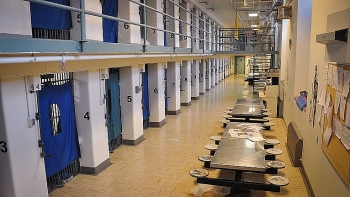 How Many Prisons Are There In Canada: Inmate Population, How to Suffer How Many Prisons Are There In Canada: Inmate Population, How to Suffer How Many Prisons Are There In Canada? What Is Prison Population Across The Country? How Prisoners In Canada Suffer? Find out the answers in the ... |
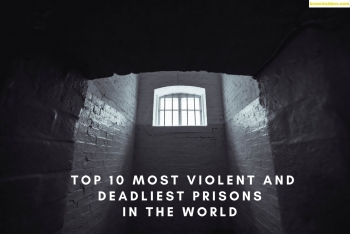 10 Most Violent And Deadliest Prisons In The World That You Want To Avoid 10 Most Violent And Deadliest Prisons In The World That You Want To Avoid Many prisons around the world suffer from overcrowding, as you will read on to find that cells meant to contain only 10 inmates have been ... |
 10 Oldest Prisons In The United States - The First Jails 10 Oldest Prisons In The United States - The First Jails Prisons are the last place anyone would wish to go, and United States has some of the oldest, most menacing prisons ever with a cruel ... |



